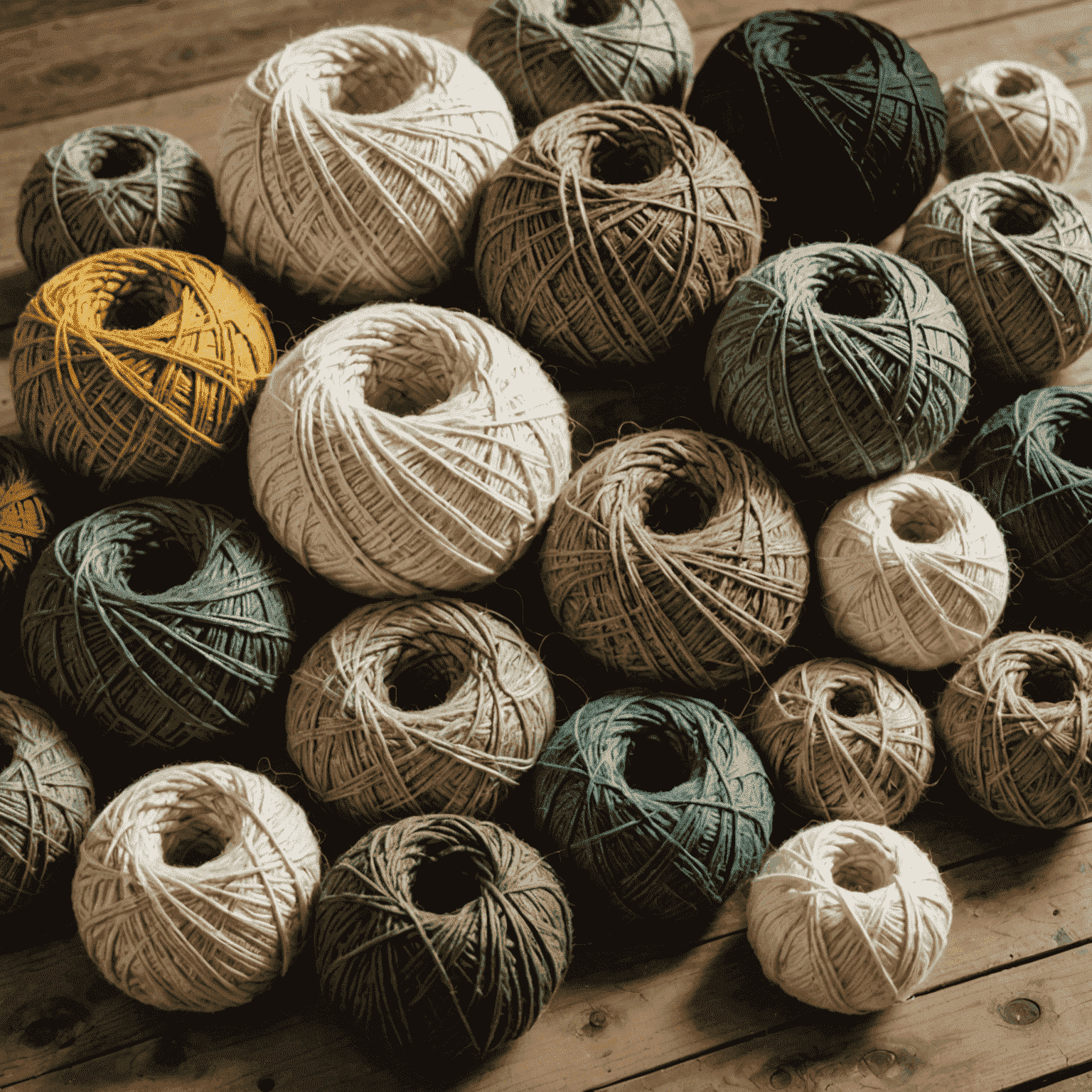Sustainable Sweaters: Eco-Friendly Fibers and Production Methods

In the world of cozy fashion and trendy outerwear, a new wave of sustainable clothing is revolutionizing the way we think about our beloved cardigans and sweaters. Let's explore the environmentally conscious materials and manufacturing processes that are shaping the future of luxury knitwear.
Eco-Friendly Fibers: The Foundation of Sustainable Sweaters
The journey to creating sustainable cardigans and stylish sweaters begins with the choice of fibers. Innovative designers and manufacturers are turning to a variety of eco-friendly materials:
- Organic Cotton: Grown without harmful pesticides or synthetic fertilizers, organic cotton is a staple in sustainable clothing.
- Recycled Wool: By repurposing wool from discarded garments, we can create new, luxurious cardigans while reducing waste.
- Tencel™ (Lyocell): This wood-based fiber is produced in a closed-loop system, minimizing environmental impact.
- Hemp: A rapidly renewable resource that requires minimal water and no pesticides to grow.
- Bamboo: Fast-grogrowingg and biodegradable, bamboo fibers create incredibly soft and durable knitwear.

Innovative Production Methods
The creation of sustainable sweaters goes beyond just the materials. Environmentally conscious brands are adopting production methods that minimize their carbon footprint:
- Zero-Waste Pattern Cutting: Designers are creating patterns that utilize every inch of fabric, reducing textile waste.
- Water-Saving Dyeing Techniques: New dyeing processes use significantly less water and often recycle what they do use.
- Solar-Powered Factories: Many eco-conscious manufacturers are turning to renewable energy sources to power their operations.
- 3D Knitting Technology: This advanced technique creates seamless garments, reducing waste and improving durability.
- Upcycling and Recycling: Some brands are creating unique cardigans by repurposing vintage sweaters or using recycled materials.
The Impact of Sustainable Knitwear
By choosing sustainable sweaters and cardigans, consumers are not only investing in high-quality, fashionable knitwear but also supporting practices that benefit our planet. These eco-friendly garments often boast:
- Reduced water consumption and pollution
- Lower carbon emissions
- Support for ethical labor practices
- Biodegradability at the end of their lifecycle
- Durability, leading to longer-lasting wardrobes

Embracing Sustainable Style
As consumers become more aware of the environmental impact of their clothing choices, the demand for sustainable sweaters and cardigans continues to grow. Designers are rising to the challenge, creating handmade knitwear that's not only eco-friendly but also on the cutting edge of cozy fashion.
By choosing sustainable cardigans and sweaters, you're not just staying warm and stylish – you're also contributing to a more sustainable future in the world of fashion. So next time you're looking for that perfect piece of trendy outerwear, consider the journey of your garment and opt for a sustainable option that looks good and feels even better.